The move to Scotland 11 years ago was a lot harder than I expected it to be. Having left my suburban Midwestern home at age 16, decamping first to Beijing, then to New York City, then to Shanghai, then back to NYC, then more Shanghai, more Beijing, more New York, a stint in Hong Kong and a couple more years in the City, I (falsely) presumed a move to Edinburgh—an English-speaking city on (what I incorrectly thought was) roughly the same latitude and accessible via a non-stop flight approximately half as long as the East-Asia-to-East-Coast-USA ones to which I was accustomed—would be a piece of cake. Plus, I was in love and love, ahem, conquers all…including, apparently, my ability to clearly see obstacles ahead of me.
Nowadays, I love going to Scotland. I love visiting and staying with my in-laws. I love country walks with my husband. I love watching my son dig for potatoes with his grandfather and bake scones with his grandmother. I love exploring Edinburgh’s food and theater scene, and the familial built-in babysitters that make such explorations possible. But it took me a long time to get here.
For years after we moved to London, I dreaded returning to Scotland. I hated the 18 cold, lonely, grey months I lived there. Passionately. And once I’d left, I hated going back. I hated being confronted with the place that traumatized me so and I hated myself for how much my hatred of his home country hurt my husband. Why I hated my Scottish sojourn so deeply is multi-faceted and, well, you’re not here to read some sob story about bullying and racism and despair, you’re (presumably) here for the food. BUT WAIT—the FOOD was also one of the things I vehemently hated about living in Scotland in 2013-14.
I hated that I couldn’t buy fresh mozzarella cheese or decent sushi. I hated that I couldn’t order a salad as a main course. I hated the burgers in every pub and the fact that burgers were on every pub menu when barely anything else was. I hated the limited and plastic-wrapped grocery store produce, the pizza, the lack of quality sandwiches or fresh pasta, the bacon that was not the bacon I loved. I hated haggis. And neeps. And tatties. And why were potatoes the only carbohydrate to be found—and in so many different, equally unappetizing forms? And why was so much shit deep-fried? It was a CHALLENGE. It was all a challenge. And it massively depressed and disappointed me.
One day, though, the menu at a pub had more than fish and chips, haggis “bon-bons” and a god-awful burger. “Cullen Skink.” This was something new and, based on name alone, frankly sounded pretty bad. No one wants to eat something called “skink,” you know? It’s pretty unappealing. When Ed described the dish to me, however, a lightbulb went off—a tasty New England clam chowdery sounding lightbulb. I ordered up a bowl of skink and fell in love at first spoonful.
I love a good fish soup. I remember eating my first chowder in Boston as a teenager, visiting prospective East Coast colleges with my parents. And I remember the Christmas in my twenties when I made my first lobster bisque, a few years after my parents’ divorce, when my mom joined us for dinner but then left for her new home. Mostly though I remember being in graduate school and running out of an old wood-paneled restaurant in a forgettable town on the Connecticut coastline, to weep in the parking lot over heartbreak and a bad breakup…until my father came out to find me, hug me and tell me my clam chowder had arrived and that he loved me.
I love clam chowder. But I might love cullen skink even more.
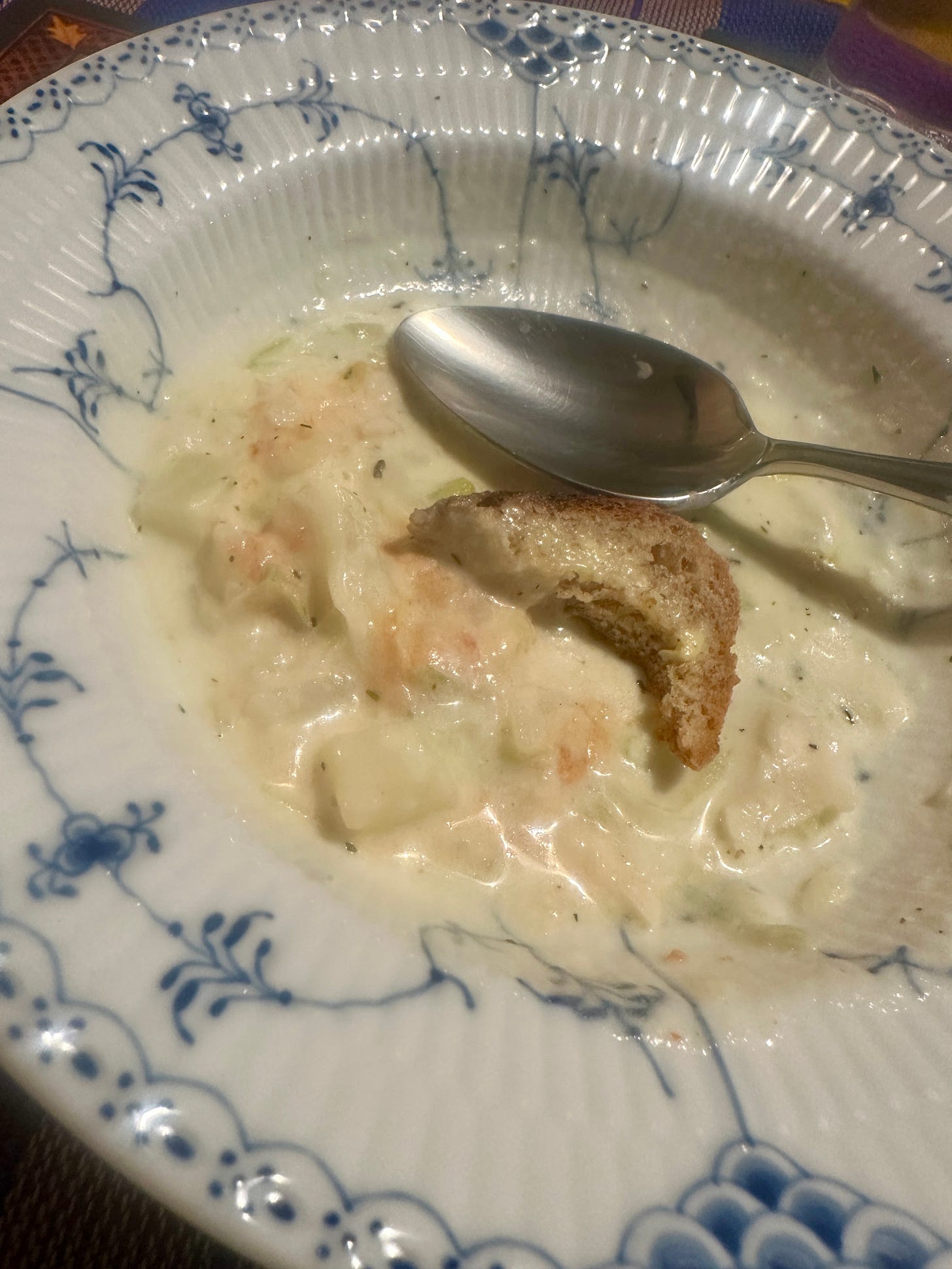
Though both are heavy, creamy soups that taste of the sea, potatoes and coziness, cullen skink’s deliciousness and depth of flavor from its inclusion of smoked haddock far surpasses any New England clam chowder I’ve ever had. However, the “skink” (that vulgar, unappetizing little word) in the original Scottish dish refers to the scraps of beef shin that once provided the soup’s protein and flavor—yup : cullen skink was apparently first a simple beef soup before late 19th century economic hardship set in, and people in the northern Scottish coastal Banffshire burgh of Cullen substituted (far more affordable and plentiful) smoked fish for bits of bovine shin.
There you have it. Cullen skink. The first dish that made me appreciate Scottish food. And a barebones history of it. That was my plan for this, my second food deep-dive newsletter. But it’s really not that interesting and there’s not really any deep-diving to be done. There are a ton recipes for cullen skink out there—and all are more or less the same, and probably all more or less similarly delicious. The history as well is pretty clear, short and easily accessible via a simple internet search. I can bring you nothing new. Realizing this disappointed me, and is one of the reasons this newsletter is a week late. What’s a gal to do? A bit more research, that’s what.
A commenter on Felicity Cloake’s decade-plus old Guardian column on “How to Cook Perfect Cullen Skink” referenced a Scottish soup I had never heard of – mussel brose. I asked my in-laws (my father-in-law’s family is originally from near Cullen, btw) and they too had never heard of the dish. A quick Google search gave me not much either, other than a recipe from a chef at a famous luxury foodie restaurant-cum-hotel on Scotland’s Isle of Skye that sounded both delicious and a bit odd. Mussels. Potatoes. Oatmeal. Parsley. WTF, right? I was curious—about what that combination would taste like as well as the history of the dish itself. I dug deeper. And I hunted (very unsuccessfully, I might add) all over E17 for some fresh mussels so I could try Shirley Spear’s mussel brose recipe.
Truth be told, I didn’t learn much about the history of mussel brose other than 1) “brose” is an old Scot’s word that refers to a thick broth, and 2) Bonnie Prince Charlie, the coward of Culloden, had a bowl of it at Culloden House on April 14, 1746, along with a rack of lamb, fresh crowdie cheese and an abundance of Bordeaux wine, two nights before the Jacobite uprising of 1745 definitively died, as did up to 2,000 Jacobite Scots, none of whom had bellies near as full as their would-be prince, on the infamous Highlands moor.
No, no, no. Hold up. It’s a stretch to call Culloden “infamous.” Outside of Britain, that is. And here’s where I start to find mussel brose even more interesting. And here’s why I was re-watching Outlander at 9am today, curled up on the sofa, cat on my lap, cup of coffee in hand, notebook for notetaking at the ready.
I don’t know shit about British history. And I’m pretty well-educated, informed and interested. But nearly everything I know about British history comes from TV. Jonathan Rhys Meyers and The Tudors taught me the saga of Henry VIII. I learned a bit about the War of the Roses from Jodie Comer and The White Princess. The Crown filled in some gaps in my modern British history knowledge. And, of course, when it comes to Scotland and the Jacobites, there’s Jamie and Claire and Outlander. 4eva. Take that, Mel Gibson; Braveheart’s got nothing on the Fraser clan. What else? I’m sure there are more series and movies that have informed my understanding of Britain, of the land that I now call home, because David Demchuk and my 1998 European History AP class at Cranbrook barely did. No college or grad school courses did either.
I had never heard of the Battle of Culloden until I watched Outlander. And I bet that I’m not even close to being the only one—American or Brit—who can say the same. That’s a bit disturbing, right? How do we know what was real and what was made up, made-for-TV? But I guess how do we know what ever was real when it comes to history? Was Bonnie Prince Charlie really as ineffectual and effete as Outlander portrays him to be, with that stupid little bow on his tam o’shanter? Was he really so unthinking and uncaring as to gorge himself on mussel brose, French wine and lamb in Culloden House while his soldiers froze and starved outside? Maybe. Maybe not. He lost, and history, as they say, is written by the victors. And some real talented cable tv showrunners, if you ask me.
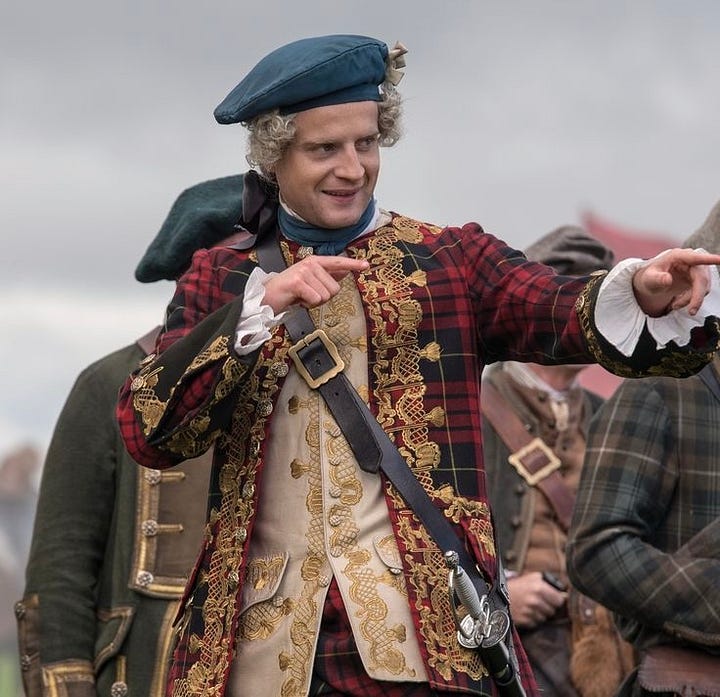

First cultivated in France in the 13th century, mussels— the protein of our dish of interest— are most closely associated with French and Belgian cuisines. Moules marinière is how I, along with probably gazillions of others, first ate mussels. Likely at Flex Mussels on the UES with Caroline or Margot. Or possibly at Markt in Chelsea with Brigid and Rosie. Garlic. Wine. Definitely some frites. Heaven. So, in addition to discovering cullen skink, I was surprised and delighted 11 years ago to learn of the beauty of the Scottish mussel. No, siree: bivalves were not on my Scotland food bingo card. Lamb. Cow. Potatoes. Sure. But not mussels. And yet—Shetland mussels are incredible. In 2023, Scotland produced just over 10,000 tonnes of edible mussels, of which around 8,000 tonnes came from the Shetland isles. Clean, clear Atlantic waters make for gorgeous shellfish cultivation, and Scotland has those waters in droves (for now, at least).
I don’t know what was going on with mussel cultivation back in Jamie Fraser’s day, but go figure Prince Charles Edward Louis John Sylvester Maria Casimir Stuart (what a name, eh?) supped on mussels in the Highlands before the Battle of Culloden. How very locavore of him, how very Scottish. But mussel brose isn’t just about the mussels—it’s about the brose, that thickened, creamy broth of potatoes and oatmeal, two of the most quintessentially Scottish ingredients.
The Scott’s Porage Oats box is one of my favorite bits of branding ever. I have vowed to cut one out, frame and hang it in our kitchen, and one of these days I will fulfill that vow. It’s just so so good. It’s brightly colored and absurdly illustrated. There’s shotput. A green valley. A loch. Some mountains. There’s a scantily clad, highly muscled man. There’s a kilt. He’s got those high wool knee socks on. And you KNOW, you just know, he fucks. And maybe you will too if you eat your oatmeal, like a good Scotsman, like Jamie Fraser…
Though Scots have been eating some variety of porridge for 5,500 years, it was Romans who brought oats to Britain in the 1st century CE. And, though welcomed by farmers in the southern half of the British isle, it was (and is) in Scotland where the grain thrived. Scotland’s harsh climate and topography has historically been inhospitable to much, including productive, reliable grain harvests. However, lucky for the Scots (and for us too), oats not only survived, but thrived in Scotland, and provided an oftentimes hungry populace with belly-filling and nutritious sustenance—in the form of watery gruel, dairy-thickened porridge, and oat-thickened broth, aka brose.
We now come to the potato—the ubiquitous carbohydrate of my early days in Britain. Introduced to Scotland in the 1600s, potatoes were not cultivated until 1739 in Stirling – a placename familiar to most for where Mel Gibson’s blue face-painted William Wallace leads his clan into battle in 1297, telling them that their enemies may take their lives, but will never take their freedom… and will never give me back the 3 hours I spent watching that overrated film. [A text message aside from my Scottish mother-in-law: “I have never watched this awful movie which was such a load of trash.”]
By the time the “Young Pretender” (another nickname for the exiled Stuart prince) is eating his mussel brose in Culloden House in 1746 (and Jamie Fraser, omniscient because he has a time-traveling wife, is urging Chaz to abandon his futile plans for battle—ahh, the beauty of history via the pay television network Starz), potatoes have been embraced and are being enthusiastically eaten across Scotland. As with oats, potatoes fare well under Scottish growing conditions, but, as in Ireland, potato blight and famine mar the history of the crop in my husband’s homeland—just not to the same devastating degree as they did on the other side of the Irish Sea. And, by the time I move to Scotland in 2013, I can’t seem to escape the potato. It is everywhere. Mashed. Fried. Boiled. Fried again. Mashed some more. My kingdom for a bowl of quinoa…or even rice. Or fresh pasta. With fresh mozzarella. Maybe a bagel. Or a slice of pizza. I was so hungry. I was so lonely. I needed something more than a fucking potato, cooked seven to twelve ways.
Shortly after I arrived in Edinburgh, I was walking down Princes Street and saw a sign that really tickled my funny bone despite not knowing what it was all about. “Changed Priorities Ahead,” it said. Nowadays, I know what that means. Kind of. I know it’s a traffic thing—something about one or two-way streets, I think. For me, though, it means that though I still miss a bagel and a good NY slice, fresh mozzarella, main course salads and Mint Milanos, I don’t care that much anymore that I can’t easily get those things. And why should I, when I have Shetland mussels and Scottish oats at my fingertips? (Well, not really mussels in E17, but I’m working on that…) When I can make cullen skink one day and mussel brose the next, and then go out for sushi with Val in Mayfair? When I can embrace my surroundings and learn to appreciate them for what they are instead of what I wish they were? What’s the point in that, in living like that? It’s not a great way to be. And, sure, I’m still frequently homesick and get depressed too, but, a decade plus later, my priorities have indeed changed; for the better, if you ask me.
Also: mussel brose is totally weird and 100 million percent delicious and I will write down my recipe and send it to you. Promise. And, after dipping my toe back in this morning, I might need to rewatch Outlander.



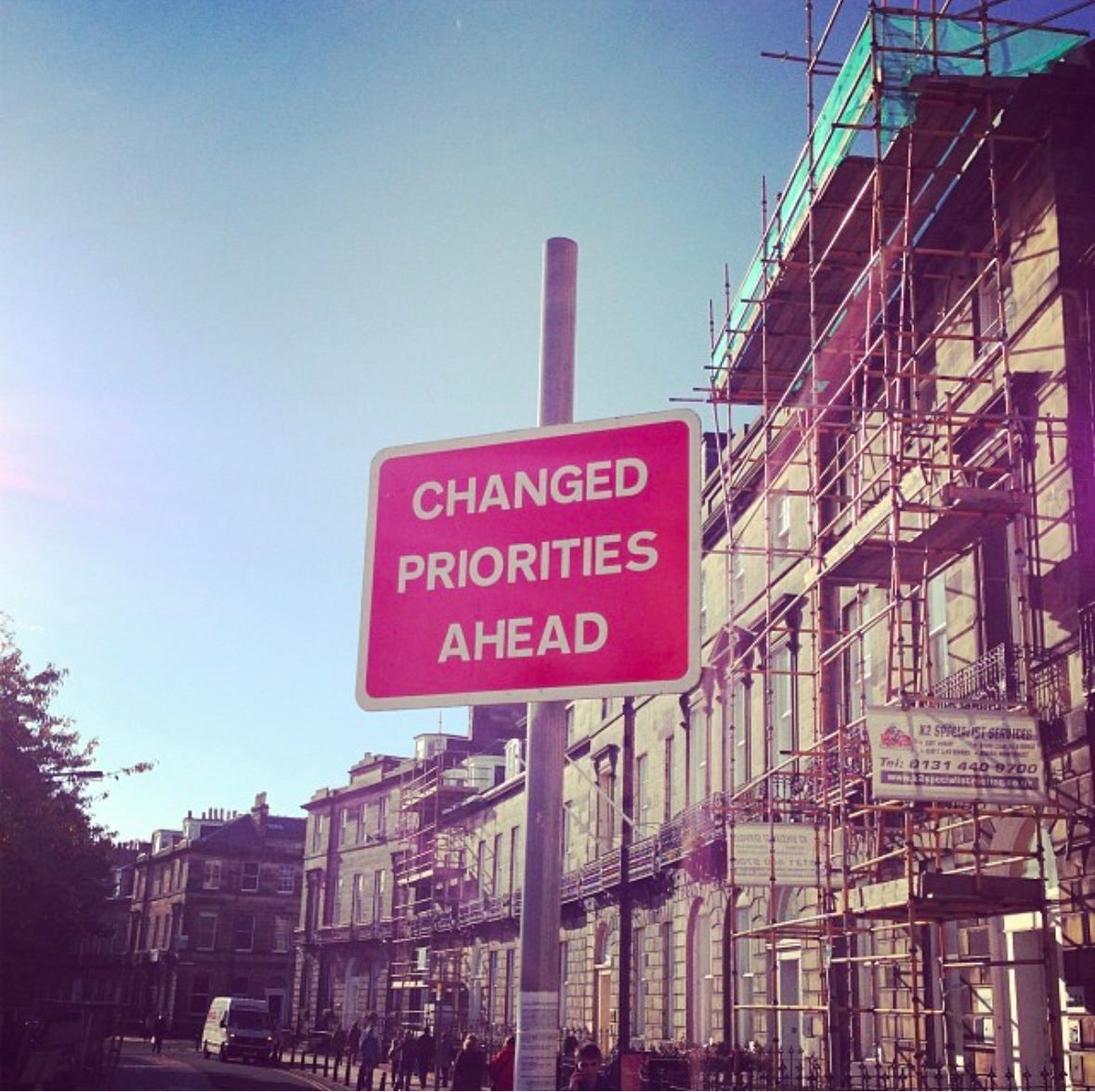
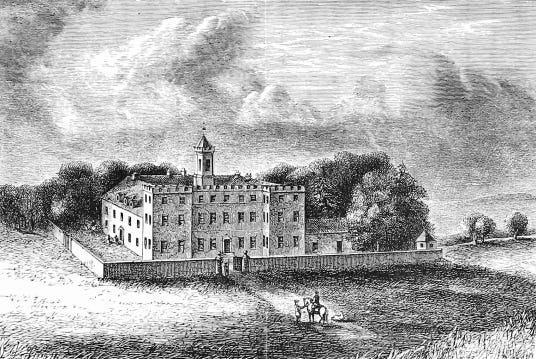
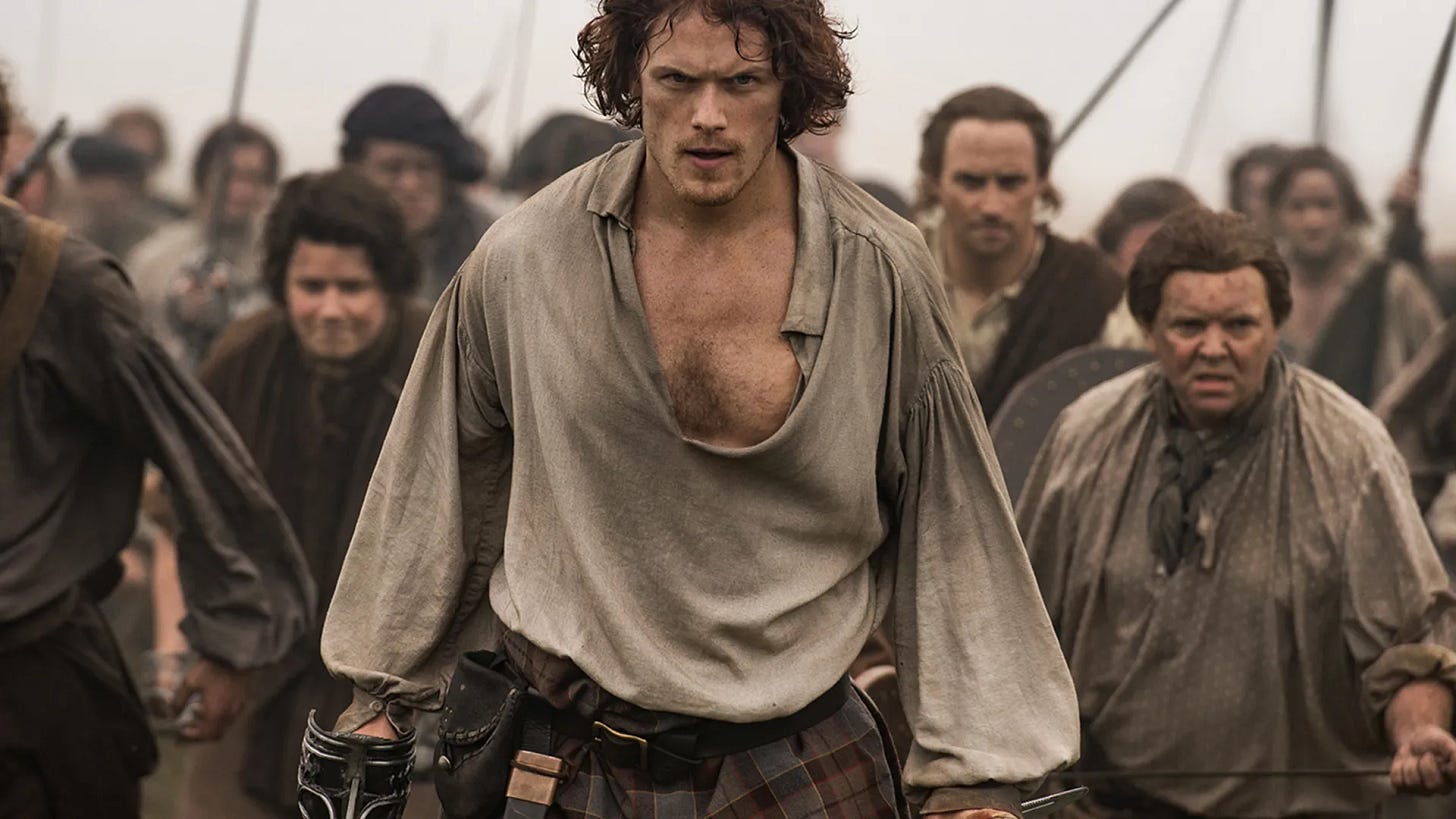
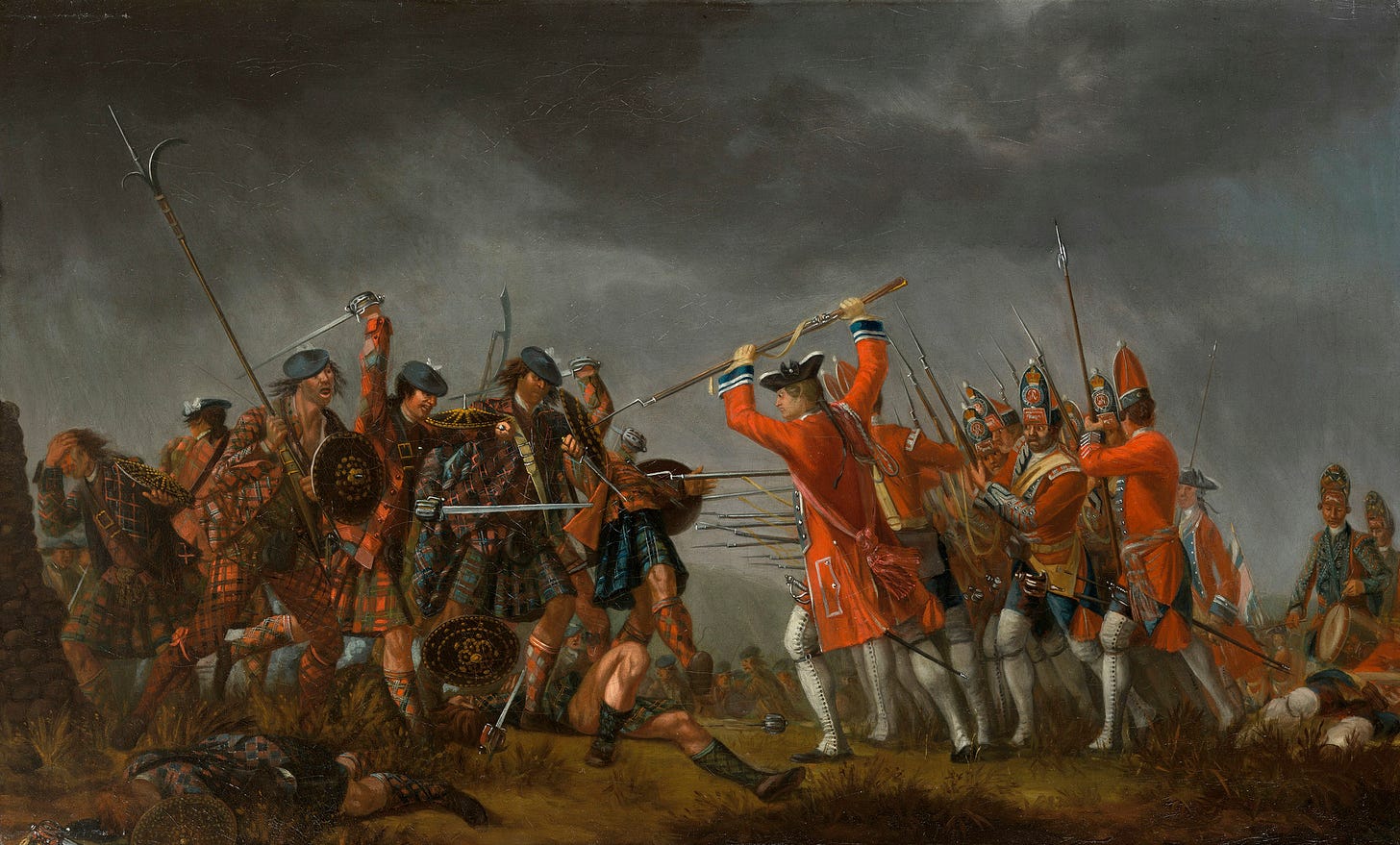
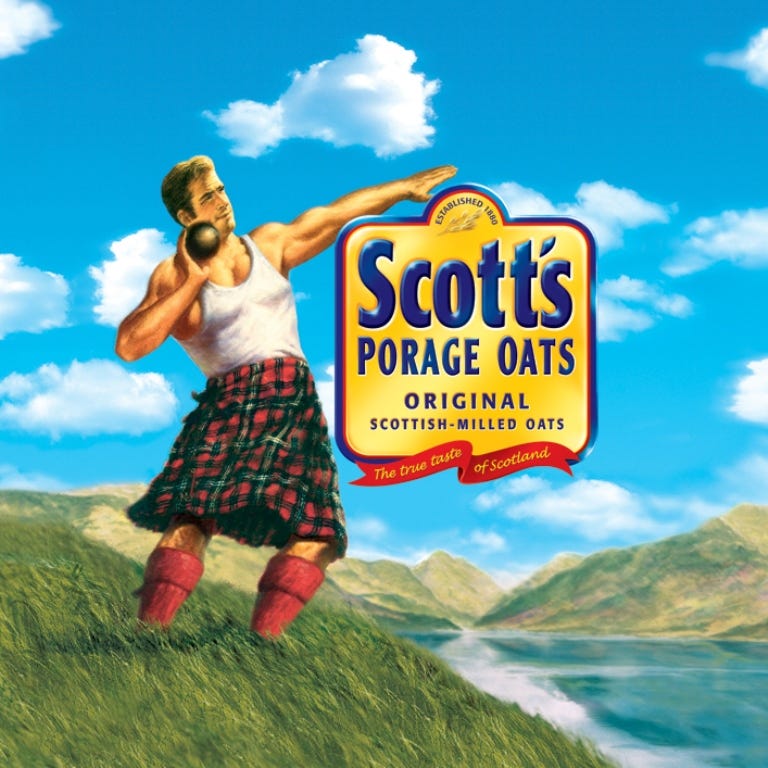



I have always thought the Scott’s Porage oats guy was the fittest man in Scotland and have been made fun of countless times for lusting after a fictional character. Still refuse to buy any other oats .
Anna, I love about your adventures, in life and also your gastronomical world! Looking forward to the next chapter. ❤️🍲🫕